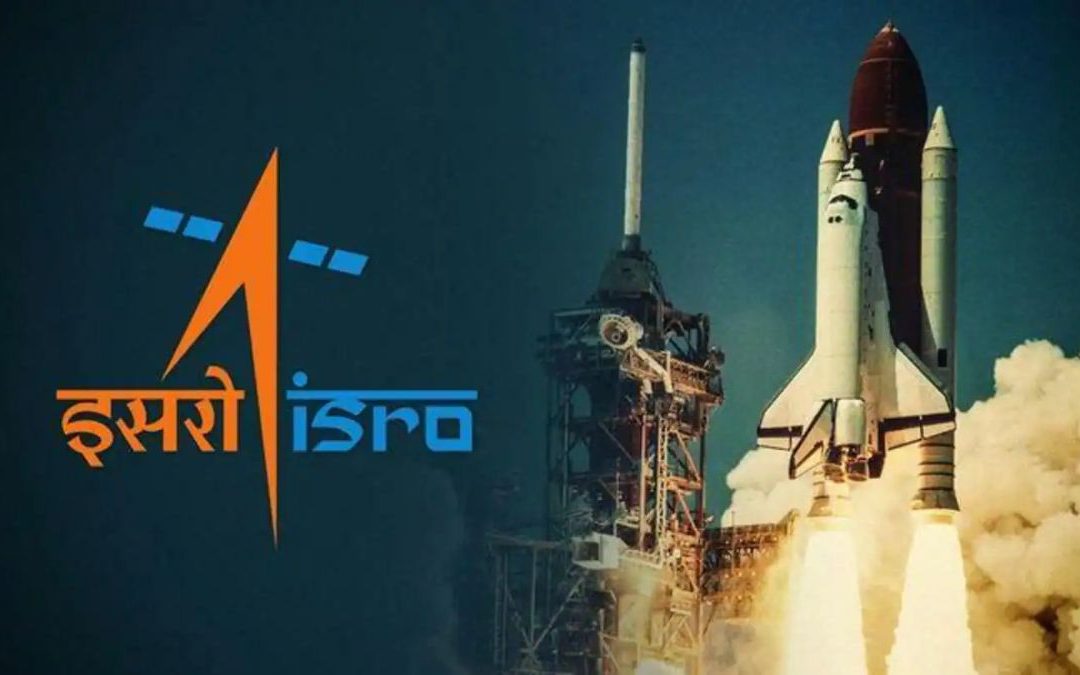The Electro Optical-Infrared (EOIR) payload aboard the Indian Space Research Organisation (ISRO)’s latest Earth Observation Satellite (EOS) has successfully commenced operations, according to an announcement made by ISRO on Thursday.
The EOIR payload captured high-resolution thermal images over Pune city on August 19, 2024, at 7:45 AM local time—just three days after its launch on August 16. It also took images over the Namibian desert on August 21, 2024, at 11:15 AM local time.
ISRO noted that further validation is underway to ensure accuracy under various environmental conditions. The ongoing commissioning phase has included initial calibration over a sea target, and early results suggest that the EOIR payload’s performance in both the Mid-Infrared (MIR) and Long-Wave Infrared (LWIR) channels meets expected standards.
Launched during the third developmental flight of the Small Satellite Launch Vehicle (SSLV), EOIR was one of three payloads aboard EOS-08. The EOIR payload is designed to capture images day and night for applications such as satellite-based surveillance, disaster monitoring, environmental assessments, fire detection, volcanic activity observation, and monitoring disasters in industrial and power plants.
Demonstrating its capabilities, the EOIR gathered land surface temperature (LST) data over Santiago, Chile, on August 24, 2024, at 2:45 PM local time. ISRO compared this data with NASA’s Landsat-09, which was acquired earlier that same day at 10:33 AM local time. The time difference between the images resulted in a temperature increase of approximately 2.5 K, as expected due to diurnal variations.
With a spatial resolution of 8 meters, the EOIR payload allows for detailed temperature mapping, proving effective in capturing fine thermal variations. This capability enhances the mapping of Urban Heat Islands and aids in wildfire detection. By providing detailed information on soil moisture and vegetation health, the EOIR payload contributes to optimized water use, improved crop yields, and more efficient farm management.
Data from the EOIR payload is being processed using algorithms and software developed by the Space Applications Centre – ISRO at the National Remote Sensing Centre (NRSC) to transform it into actionable insights.






